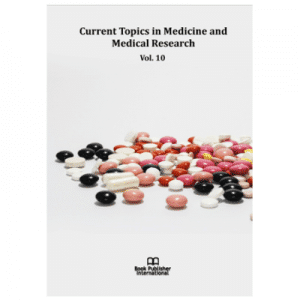This review aims to give an overview of the existing evidence of multiple molecular pathways involving cytoplasmic organelles’ function, neurodevelopmental mechanisms, synaptic vesicles endocytosis, and trafficking, preserving the integrity of the cytoskeleton and axonal transport involved in Parkinson’s disease etiology. The new genetic tools allow dissecting the fine molecular mechanisms that underpinned the gene expression regulation. These evolutions require new concepts for describing pathophysiological processes. Assessment of the network has already offered a perfect image of the kind and extent of the genetic interactions that substantially sustain biological systems. Potentially, molecular relations among the actors implicated in the etiology of PD provide evidence of involvement in vesicle dynamics and lipid transport (α-synuclein, UCHL1), the ubiquitin-proteasome system (parkin and UCHL1), oxidative stress, mitochondrial function and morphology provided by parkin, PINK 1, DJ-1, respectively kinase activity regulation by LRRK2 and cytoskeleton stability by tau. We place these findings in the context of the existing knowledge and the advances in sequencing technologies that improve the diagnostics of Parkinson’s disease performance. Despite significant recent advances in genetics, much more needs to be done to understand the genetic, epigenetic, and environmental factors that influence the Parkinsonian phenotype. Understanding the molecular mechanisms following the identification of genes mutations and low-penetrance susceptibility alleles in Parkinson’s disease patients represents an essential step for the development of adequate biomarkers and potent therapies.
Molecular Interrelationship in Parkinson’s Disease from a Genetic Perspective
Cyprian Popescu
Victor Pauchet Clinic, Amiens, France.
Book Details
| Editor | Cyprian Popescu |
|---|---|
| Pages | 89 |
| Publisher | B P International |
| Language | English |
| ISBN-13 (15) | 978-81-19102-47-1 (Print) |
| Published | March 16, 2023 |





